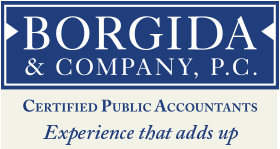This article is original content written by Thomas Scanlon, CPA, CFP® of Manchester, CT. Many employers will offer a 401(k) to their employees. A 401(k) plan offers many advantages to employees. The biggest advantage is tax-deferred investing. These accounts are not…


